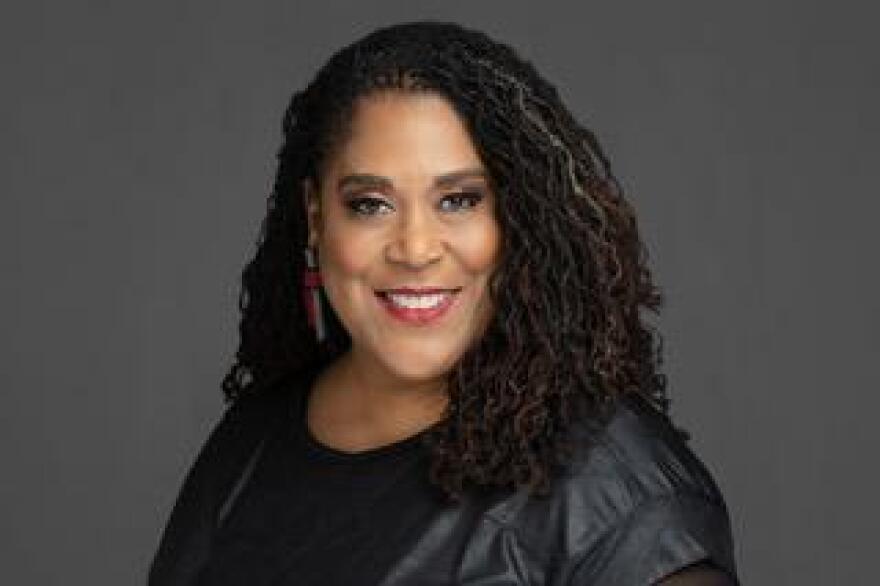Signal Cincinnati will be Signal Ohio’s third metropolitan news operation in the state after establishing news websites in Cleveland and Akron.
A nonprofit news website plans to unleash more than a dozen reporters throughout Greater Cincinnati and Northern Kentucky next year, plus several hundred “documenters” to monitor school boards, planning commissions, townships and suburban governments.
Called Signal Cincinnati, the online news site will follow the formula of Signal Cleveland and Signal Akron. Signal Cleveland, launched in November 2022, has a staff of 18 paid journalists and 400 active “documenters” attending local government meetings.
“We are not competition, we are an enhancement of the media ecosystem,” says Rita McNeil Danish, a former Cincinnati city solicitor and USA Regional Chamber vice president who is chief executive officer for Signal Ohio. The goal is to cover “the under-served and under-represented,” she says. “We have no paywall. We’re an additive, not a competitor.”
Signal Cleveland has an editor in chief, managing editor and reporters covering city and county government; and reporters covering education from kindergarten through college, health and climate change, among other topics.

The "documenters" who attend local government meetings are a key component to the Signal news gathering. Seven hundred people signed up to be a Cleveland documenter, while 100 responded to the call in Akron, says Danish by phone from her Columbus office.
“Seven hundred people signed up! And 400 are active. Isn’t that amazing? My hope is that Cincinnati would have that many,” she says.
Signal Cincinnati was announced earlier this month along with an invitation to subscribe to a newsletter; a solicitation for documenters; and a job posting for a Cincinnati community journalism director to train and oversee the documenters. The salary range for the journalism director is $85,000 to $100,000. The Signal Cincinnati announcement was the culmination of an 18-month effort by several people to bring a nonprofit newsroom operation to Cincinnati.
Signal Cincinnati won’t just focus on Cincinnati. The plan is to cover Hamilton County and Northern Kentucky — basically communities within the I-275 loop. The Cleveland operation started in the core city, and has slowly “branched out into ‘the heights,’ to Shaker Heights and Warrensville Heights,” Danish says.
One of Signal Cincinnati’s supporters — the regional Interact for Health based in Sycamore Township — “is interested in reaching people in Northern Kentucky, not just the city of Cincinnati,” Danish says. Other major contributors are the Greater Cincinnati Foundation, the Seasongood Foundation and E.W. Scripps, she says.
Signal Cincinnati has a news sharing agreement with LINK NKY, the Northern Kentucky news operation. Danish mentions other possible news partnerships with the Cincinnati Business Courier and Scripps’ WCPO-TV, which eliminated two news anchors and added five reporters to enhance local news coverage.
Signal Cleveland, for example, has a reporter who “covers business from a community perspective,” Danish says. “We don’t need to compete with the Business Courier. We’d like to partner with them.”
Signal Cincinnati describes itself as “a nonprofit, community-centered news organization” for people who “want to be connected with information they can act on; to know how local money is spent so they can hold officials accountable; and to have access to nuanced information with diverse perspectives,” according to the launch announcement.
The documenters program was started by City Bureau in Chicago in 2018 and is used in a growing number of newsrooms across the country, according to the Signal Ohio media release.
Documenters are trained citizens, not journalists. Two attend each meeting; one live tweets the meeting while the other takes notes on a form related to the meeting agenda. A documenter’s report on the discussion and action can result in a news brief, a newsletter item; or a news story in collaboration with a Signal journalist, Danish says. Documenters are paid $18 an hour, she adds.
“The more documenters you have, the more you can cover. We call it ‘a civic side hustle’ for community and civic engagement,” she says.
Here’s an ABC News story about Cleveland documenters from Jan. 5:
Signal Cincinnati is the second nonprofit news venture announced this year in Southwestern Ohio. The Oxford Free Press launched its website June 14, and began distributing a newspaper July 12.
Signal Ohio leapfrogged over Columbus to open in Cincinnati because of “some momentum and some opportunity. A friend from Cincinnati reached out and encouraged us to come to Cincinnati,” she says.
The next move may be a Statehouse newsroom, she says. Her vision for Signal Ohio includes covering the entire state with news bureaus.
The “Signal” name originally was a tribute to Garrett Morgan, the son of a formerly enslaved couple, who invented the three-position traffic management device that was the basis for the modern day traffic signal, according to the Federal Highway Administration. Morgan migrated from Paris, Ky., to Cincinnati as a teenager before moving to Cleveland at age 18.
“A traffic signal is red, yellow and green which also can represent the diversity of our state, be it about rural Ohio or Appalachia. A ‘signal’ also signifies something new, or positive,” Danish says.
After recruiting documenters and their boss, the next step will be finding a location — and funding — for the Signal Cincinnati newsroom.
“My hope is that in Q1 (first quarter of 2025) we will be in the process of finding an editor in chief and staffing,” she says.
“With my deep ties as former city solicitor going back more than decade, I’m excited to be back in Cincinnati as we work towards the Signal Cincinnati launch,” Danish said in a media release.
“Cincinnati is a crucial city in Ohio with engaged leaders and residents who have told us they want more news and information in the Greater Cincinnati area. Our mission includes providing good news and information to help citizens of Greater Cincinnati make informed decisions," she said.
